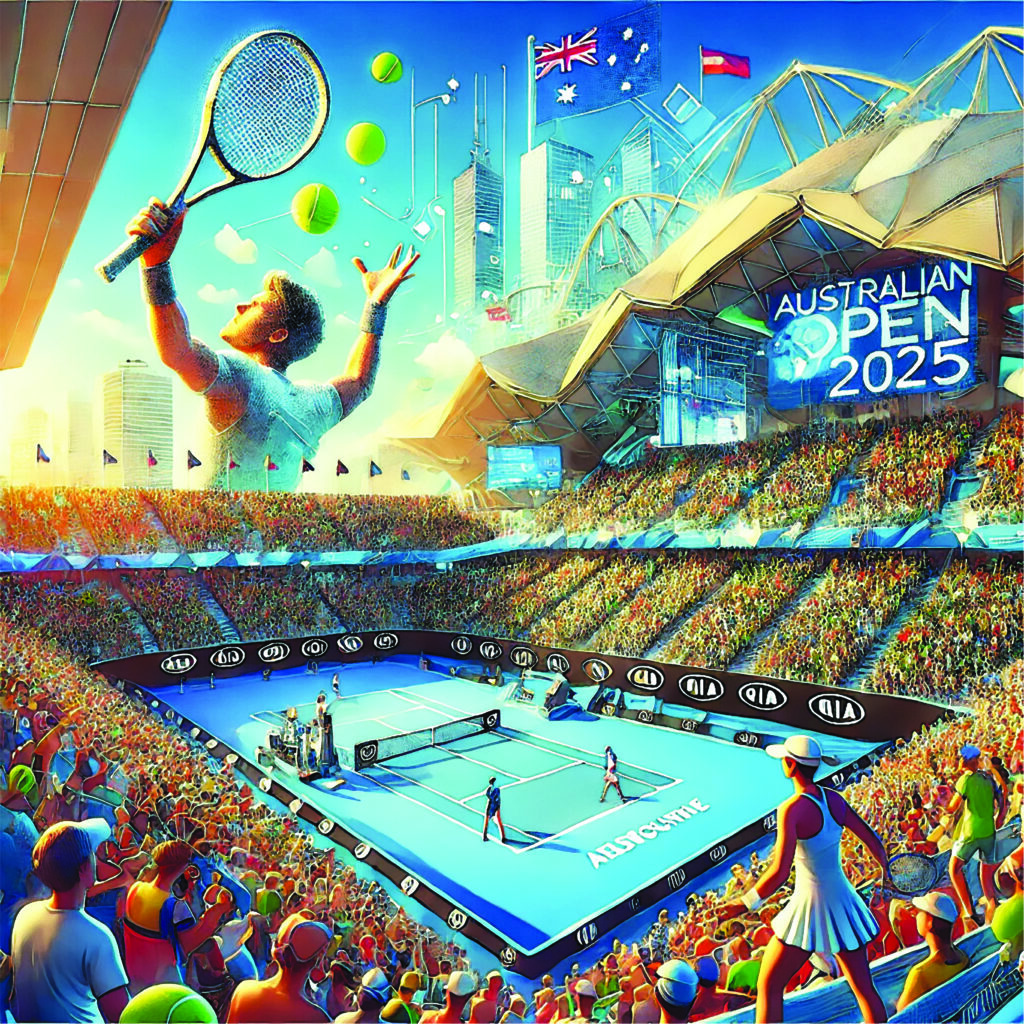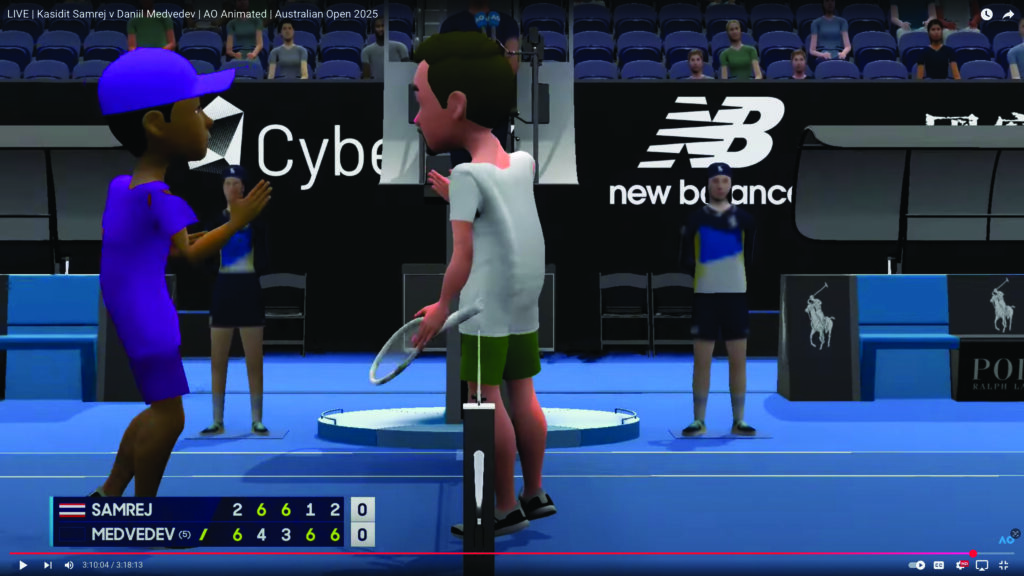MARKETING THAT MOVED US: The Gamification of…Games

WHO DID IT: Tennis Australia at the Australian Open 2025
WHAT IT IS: A YouTube content project called AO Animated, which was produced by Tennis Australia during the Australian Open, the first Grand Slam tennis tournament of the year. AO Animated, which debuted during the 2024 tournament, streamed matches from the tournament’s three largest stadiums live on the Australian Open YouTube channel, using avatars of the athletes instead of showing the players themselves. The result was a livestream that looked like a video game feed.
RESULTS: Nearly 800,000 people watched AO Animated’s debut, which presented the animated version of the 2024 men’s final match. Tennis Australia said that videos from the first 10 days of the 2025 tournament—which featured a much more lifelike appearance—drew 2.7 million viewers, eight times more than in 2024. Media outlets from around the world wrote stories about the YouTube livestream, including The Guardian, ESPN, The New York Times, and various business and marketing media sites.

Screenshot
HOW THEY DID IT AND WHY IT WORKS: Sensors on the courts sent data to a system that created digital reproductions of the live match with only a two-minute delay. The “video game” livestream on YouTube also aligned with the sounds of the match, including the TV commentary. Even player mannerisms were captured by their Nintendo Wii-like cartoon avatars. By turning the YouTube coverage into an animated livestream, the tournament was able to work around strict broadcasting rights agreements it has with partners all over the globe. This meant that Tennis Australia could share clips from the YouTube broadcast (featuring the players’ avatars) on its social media channels.
KEY TAKEAWAY: The AO Animated project is an example of an original way to reach a new demographic, especially a younger one, for which the avatars play perfectly. Machar Reid, Tennis Australia’s Director of Innovation, told Financial Review that he was “amazed by the number of parents that indicated to [him] that their teenagers or early-adult kids have come across it and just love engaging with it.” The avatar clips also increase the shareability of the highlights package that the tournament puts out on social media. Some of the videos are downright comical, such as when a player smashed his racket against the net in real life and his avatar did the same on YouTube. The quality of the actual animations should only improve and could be coming to more sporting events soon. What could be next? Livestreaming from trade shows and conferences using avatars could open up new possible revenue streams for advertisers.
